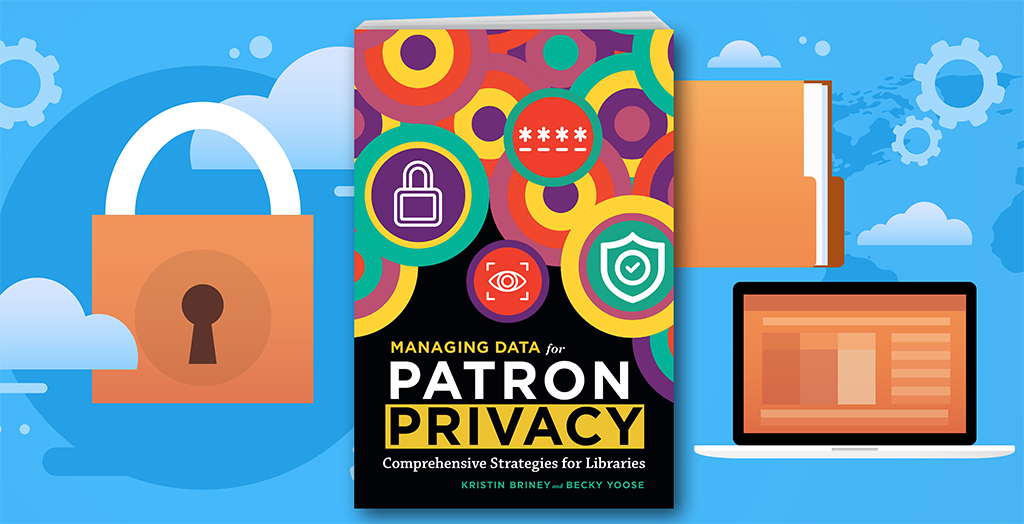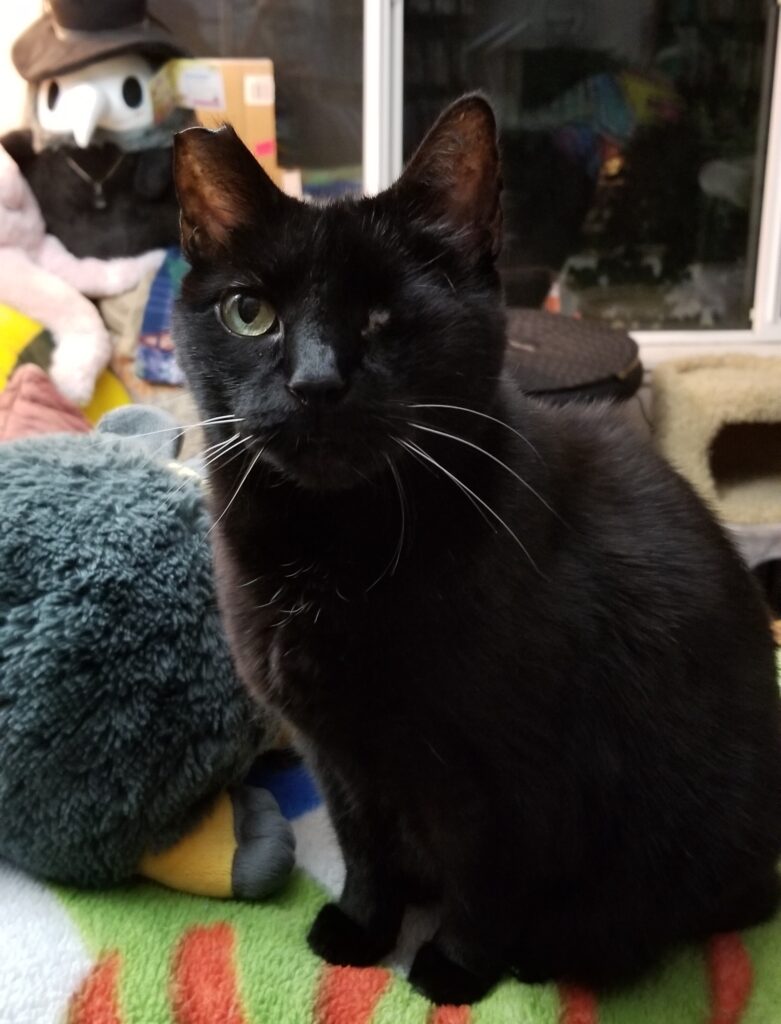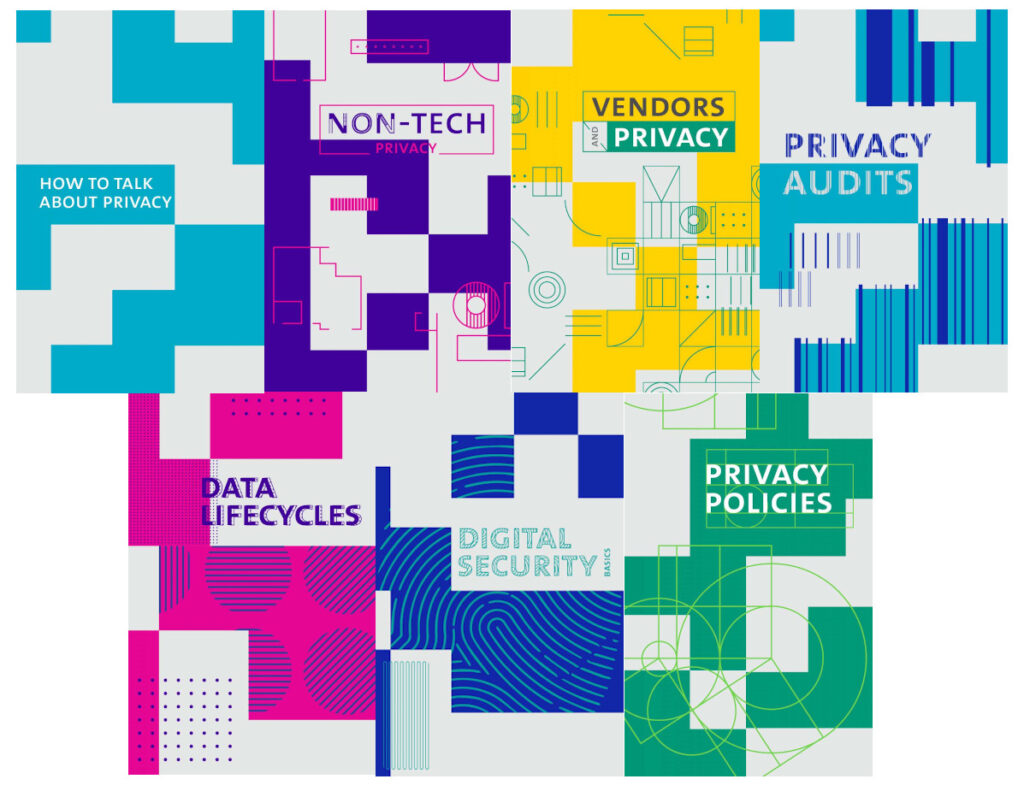Welcome back to our series about responsibly sharing patron stories! Last week we talked about the importance of consent for libraries publishing stories about individual patrons. This week we get into the mechanics of consent and some of the complications around seeking consent to share particular stories.
A couple of housekeeping points before we get started:
- This week’s post is pretty long! We decided to keep the post as-is instead of breaking it up into two more posts because we felt it essential to present the mechanics and complications of consent together in the same post.
- We primarily focus on libraries sharing patron stories around events and services for marketing and outreach purposes. Consent also plays a critical role in library assessment and research. Though we will not cover specific issues around privacy and consent in this post’s assessment and research processes, we’ll touch on an overlap point between these two topics.
Asking for (Explicit) Consent
There are two types of consent. The first is implied consent. We encounter this through statements in public notices: “by using this service, you give us permission to use your posts, comments, and other content and likeness for…”. Many physical events still rely on implied consent through conspicuous signage depending on the intended use of the photographs and video and what is captured by the photograph or video (e.g., one patron vs. a group of patrons). Implied consent is passive, which means patrons have to seek out these notices and understand what they are consenting to by attending the program or using a service. Patrons might not even know that these notices exist, or they might not fully understand what might be shared by the library, leading to possible data and ethics breaches, among other consequences. Even when patrons share their own stories on library social media pages, some might not expect libraries to republish their stories in different mediums, such as an annual report or a fundraising campaign.
Instead, libraries should seek explicit consent, which requires affirmative action from the patron. When a library wishes to publicly share a story, quote, or other information about an individual patron’s library use, include at least the following in the ask to the patron:
- Who you are
- What information you wish to share and why
- Where and who you want to share the information
- How to contact you if the patron has any questions or concerns about sharing or privacy
The consent request should be informative and easy to understand. For example, a library can ask for consent to share patron feedback gathered through a program survey or evaluation form by creating a question asking the patron if the library has permission to quote the patron’s feedback in a library report or other publication. The library should also ask if the patron would like to have their name published alongside the feedback in case the patron would rather have their comment published without their name attached to it. In another example, the following is a sample message to a patron asking to share a patron’s post on the library’s social media page:
“Hello! I’m the outreach coordinator for the library. Thank you for sharing your story about our new service. Would it be okay to share your post in our weekly library newsletter to our patrons to show how other patrons benefited from our new service? Would you also be okay with being named along with the post in the newsletter? You can respond back to this message to us know if you would be okay with us sharing the post, and if you have other questions or concerns.”
However, if you wish to share the same story in the annual report, you will need to check back with the patron since the patron only gave explicit consent for publication in the newsletter. Reusing the story for the annual report without explicit consent can violate the patron’s expectations.
Gaining explicit consent can be more involved with events and programs, particularly when the event is being photographed and/or recorded for publication. Web-based programs and events might have consent features built into the application used to host the program, such as Zoom’s consent popup to users when a session is recorded. Physical events and programs can include consent forms before or at the event for presenters and attendees, particularly for individuals prominently featured in photographs or recordings of the event.
Consent Considerations Regarding Publishing Patron Stories
Some of you might notice one critical component missing in the earlier sample ask – the ability for the patron to withdraw their consent at any time. While libraries should honor the withdrawal of previously given consent when a patron requests that a library social media post mentioning them by name be taken down, the library must weigh potential consequences of making a patron’s use of the library public through sharing their story. The persistent nature of published information – physical or online – requires careful thinking and approach regarding sharing patron stories.
One consideration before asking for consent is the nature of the service or topic featured in the story or quote. Publicly associating an individual patron with a late evening study event at a college library does not carry the same potential harms and consequences as associating a particular patron who receives tutoring through a program at the same library. The latter could result in embarrassment and negatively impact relationships based on others’ perceived or actual judgment of the patron’s need for additional educational assistance while attending college. Some patrons in the latter group might be okay with the library sharing their comments about the tutoring program, and that’s okay! It is still the responsibility of the library to gain informed explicit consent before publication. The library should exercise caution with when and how they approach patrons in asking for their consent in publishing their stories depending on the sensitivity of the topic or service, particularly around any story that can reveal patron information about their identity or status, such as race/ethnicity, disability, or class status.
There are times when explicit consent cannot be not freely given. Sometimes this is because there are legal constraints as to the age where one can give consent (in the case of minors). Other times the power dynamic between people might compel or pressure someone to consent to something they wouldn’t have otherwise. Patron groups such as students, minoritized populations, and incarcerated people might feel compelled to consent based on the power dynamic between the individual and the library. Unlike research and assessment, where the Institutional Review Board (IRB) or ethics committee would address issues around consent with vulnerable participants, there might not be a formal process in place for marketing or outreach to locate and handle potential situations where patron consent is coerced, be it intentional or not.
For example, the public library is the only place to offer ESL classes in a rural town. The library reserves the right to use individual patron photos and stories from those classes for library publications. For a patron who is an undocumented immigrant, the publication of their personal data and likeness can put themselves and others in harm’s way. Because the library is the only place where they have access to ESL classes, the patron might feel compelled to consent to the library publishing their identifying photo or story in order to access a much-needed service.
In the example, the patron is likely to experience privacy harms – perceived or actual – through the library, not fully realizing the power dynamics that come into play when consenting to publish individual patron stories. Recognizing when patrons may not freely give consent can mitigate privacy harms. This recognition can also prompt a conversation about the intended purpose of publishing individual patron stories and the actual impact publication might have on the patron. When posting a feel-good patron story, good intentions do not cancel out the negative impact of exploiting specific patron stories (e.g., inspiration porn or performative allyship) for the library’s reputational or financial gain.
The Role of Consent in Sharing Patron Stories
Consent is vital in protecting patron privacy. Consent is also not an automatic “get out of jail free” card for the library when privacy harms are realized after publishing a patron story. Libraries need to recognize the importance of consent – as well as its limitations – in determining which patron stories to share with others. Consent gives patrons control over the “what and how” regarding the library sharing their story, but only if the consent is informed, explicit, and freely given. Taking the time and care around determining how to ask for consent can limit some of the potential pitfalls and limitations discussed earlier, such as recognizing when consent might not protect patrons from privacy harms or when consent might be coerced.
Some patrons are more than happy for the library to share their stories with the world, while others expect the library not to betray their rights to confidentiality and privacy. Nevertheless, libraries should not automatically assume that a patron sharing their story with others gives the library implicit permission to share on behalf of the patron. A patron might be comfortable sharing their story with others they know but might not be as comfortable if the library shared it with strangers. Having a consent process creates a check to protect patron privacy and not take advantage of the relationship the patron has with the library. The process of gaining informed, explicit, and freely given consent should not only take into consideration how the library can responsibly share a patron’s story with minimal privacy risk to the patron but feed into a larger conversation around patron control over how the library uses their information in both daily operations and public communications.












